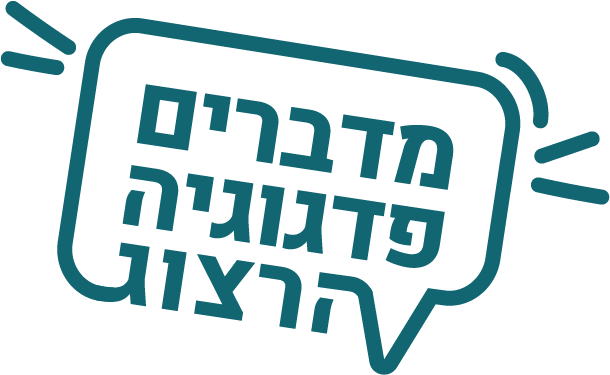Understanding the Sounds: /θ/ and /ð/
Before diving into teaching strategies, it's essential to understand the mechanics behind these sounds:
- /θ/ (voiceless dental fricative): Produced by placing the tip of the tongue against the upper front teeth and blowing air out, creating a soft hiss. Example words include "think," "thank," and "bath."
- /ð/ (voiced dental fricative): Made by placing the tongue in the same position as /θ/, but with the vocal cords vibrating. Example words are "this," "that," and "breathe."
Common Challenges for Learners
- Absence of the Sound in the Learner’s Native Language: Hebrew does not have /θ/ and /ð/ sounds, so learners may substitute them with more familiar sounds, such as /t/, /d/, /s/, or /z/.
- Tongue Positioning: Learners often struggle to position their tongue correctly. If they are too timid to place their tongue between their teeth, they may produce incorrect sounds.
- Voicing Issues: Differentiating between the voiced and voiceless versions can be tricky. Learners may need help distinguishing between /θ/ and /ð/ and may struggle to produce these sounds distinctly.
Effective Strategies for Teaching /θ/ and /ð/ Sounds
1. Explicit Articulation Instruction
Start by explaining the articulation process for both sounds. Demonstrate where to place the tongue and how to blow air gently for the /θ/ sound and use the vocal cords for the /ð/ sound. Visual aids like diagrams or videos showing mouth and tongue positions can be extremely helpful.
- Tip: Encourage learners to look in a mirror while practicing to ensure their tongue is in the correct position, touching their upper teeth.

2. Minimal Pairs Practice
Minimal pairs (words that differ by only one sound, such as "thin" vs. "sin" or "this" vs. "diss") are an excellent way to help learners recognize and produce the /θ/ and /ð/ sounds accurately. Create a list of minimal pairs and ask students to listen and repeat after you, focusing on both the correct pronunciation and the differentiation between the pairs.
- Activity Idea: Use a game format, such as "minimal pairs bingo," where learners listen for the correct word and mark it on their bingo cards.
3. Tactile and Kinesthetic Feedback
Encourage students to use tactile feedback to feel the sounds. For example, they can place their fingers on their throat to feel the vibration for /ð/ (voiced) and notice the lack of vibration for /θ/ (voiceless).
- Activity Idea: Have learners practice with their fingers on their throats to feel the difference between "think" and "this."

4. Use of Visual and Auditory Aids
Videos and animations showing the proper mouth movements and tongue placement can be very effective. Additionally, using online tools like pronunciation apps, where learners can hear native speakers' pronunciations and compare them to their own, is beneficial.
- Activity Idea: Use a pronunciation app where students can record themselves and compare their pronunciation with native speakers.
5. Integrating Fun Activities
Games and activities can make the practice more engaging and less intimidating. For example, tongue twisters such as “The thirty-three thieves thought that they thrilled the throne throughout Thursday” can be fun while reinforcing the correct articulation.

- Activity Idea: Organize a “tongue twister challenge” in class where students take turns saying challenging phrases, increasing both their confidence and proficiency.
6. Provide Frequent Feedback
Consistent, constructive feedback is essential. Praise correct attempts and provide gentle correction for mistakes. Encourage students to practice in small groups or pairs, where they can give each other feedback.
- Tip: Use positive reinforcement. Instead of merely pointing out what was incorrect, highlight what the learner did well before gently correcting any mistakes.
7. Create a Safe Environment
Learners may feel self-conscious about producing unfamiliar sounds, especially if these sounds are physically different from those in their native language. Creating a supportive and non-judgmental classroom atmosphere is vital to encourage risk-taking and practice.
- Tip: Use role-plays or drama activities where students are less focused on the sounds themselves and more on communicating a message. This can reduce anxiety and help make pronunciation practice feel more natural.


